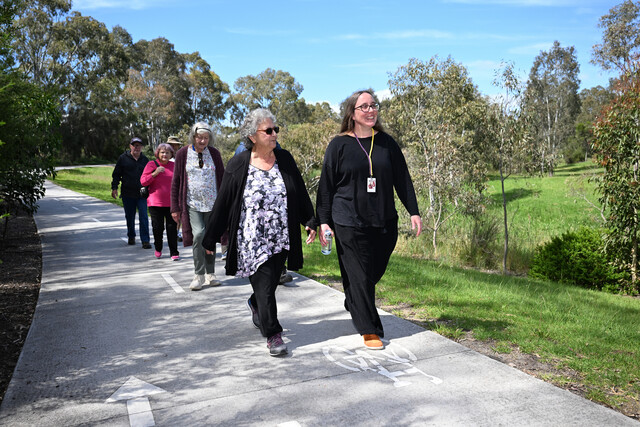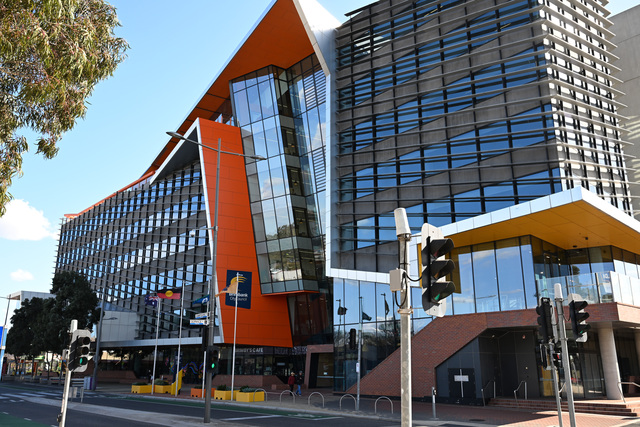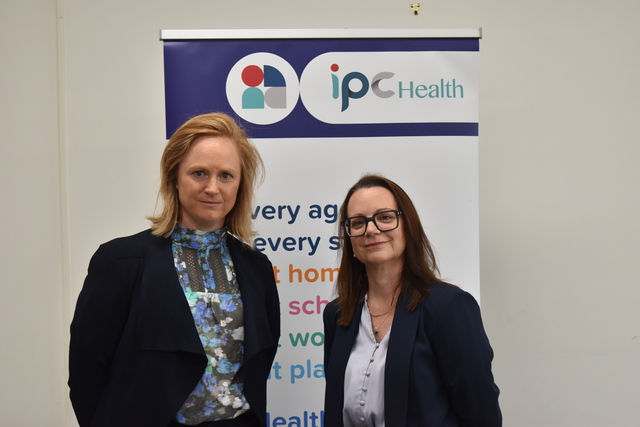Infrastructure Victoria is recommending the state supports government schools to share more outdoor areas with the community as recreational spaces.
As the state’s independent infrastructure body, the organisation published a media release on October 23 stating that it performed research and completed surveys about the usage of government school spaces as community assets.
According to the body, a survey of 4000 Victorians found that of those who do not use any recreational facilities, one in five said they would use a school sports field, outside of school hours, if it was open for public use.
Infrastructure Victoria chief executive Jonathan Spear said that this is not a new idea, with many government school grounds already offering their recreational spaces for this purpose.
“Our recommendations to the Victorian government focus on supporting schools to help manage the costs of sharing school grounds with the community. If schools choose to open to the community outside school hours, we recommend they get funding to manage maintenance and other costs,” Mr Spear said.
“Not all school grounds are suitable for shared use right now, but our work provides the [state] with a good starting point,” he said.
Brimbank Sustainability and Climate Action group head Shannon Meilak said the idea is good in theory, but leaves room for Brimbank and surrounding areas to miss out on future funding for new open spaces.
“The plan has real potential, particularly from a sustainability stand point and especially in areas such as Brimbank, where the heat-island effect is more prevalent,” she said.
“It would also help to address the lack of access to sports facilities in these disadvantaged municipalities.
“However, there is a concern that these schools in the west will continue to be underfunded by our state and federal governments, leading to further deterioration of their facilities, from additional use by the community.
“What we need is a guarantee from our state and federal governments, that our schools in the west will receive equitable funding, when compared to other more affluent areas.”







